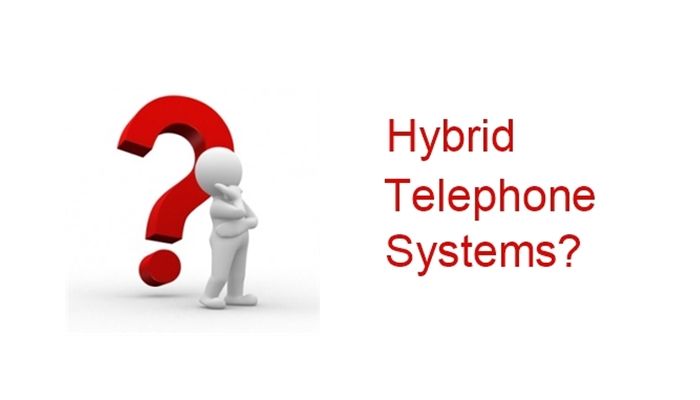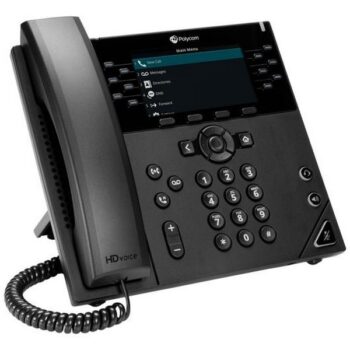It’s not often we have to think about what goes on behind the scenes when we make a call but when you’re faced with setting up a phone system for a multi-user environment, that’s exactly the scenario you’re faced with.
Connecting the outside world to your internal phone network typically involves specialised wiring and equipment, and forces a choice between traditional telephony and VoIP (Voice over Internet Protocol). A Hybrid phone system utilises sophisticated signal management codecs to route any kind of call technology to any other kind.
While cloud-based and on-premises systems are common as stand-alone options, the hybrid phone system is a rapidly growing option for businesses of all sizes.
Hybrid deployments combine both hosted and on-premises solutions to better meet the unique needs of growing organisations and is designed to accommodate all of the different types of connections available in today’s market, as a single telephone system. This is a pretty unique feature nowadays, as it is possible to purchase telephone systems which are only designed to work in certain environments with certain types of communication technology such as VoIP.
A true hybrid telephone system allows businesses and organisations to retain some of their more traditional external telephone line connections and internal telephone devices, and blend these with new technologies such as VoIP when they look to refresh/upgrade their existing telephone system.
Business Hybrids
Until very recently, the more common use of hybrid phone system was to connect a single business subscriber line to a more flexible internal telephone network. In the simplest sense, a hybrid office phone allows for a centralised receptionist, voicemail, and office extensions without adding dedicated analogue or digital telephone lines for each internal site. Most current businesses use some basic form of hybrid phone system.
Internet Hybrids
More recently Hybrid phone systems have been introduced to businesses wishing to integrate analogue, digital and VoIP telephony with changeable scope while also deploying the existing copper-wire infrastructure. In this way, hybrid phone systems can be reconfigured at any time, to suit anything from internal multi-office conferencing to long-distance call centre systems and all of this without having to rewire or install new banks of switching equipment.
If you are currently working with an existing analogue or ISDN telephone lines, or you are using audio conferencing devices, or cordless telephones within your phone system, then you may want to consider a hybrid telephone system as the right solution for you when you are looking to upgrade.
Another point worth considering is that a hybrid telephone system is an on-site telephone system as opposed to a cloud-based managed service where you store and access data and programs over the Internet instead of your computer’s hard drive and are fully managed by a cloud services provider.
If you already have telephone cabling on site that you want to use with your new telephone system as opposed to adding the cost of re-cabling for all of your telephones, then it is crucial to consider a hybrid telephone system for your business. You can then continue to use the old telephone cabling together with the new telephones on a new cabling network running your new telephone services with a brand new hybrid telephone system.
I hope this has provided a useful insight into what a hybrid phone systems is and how they are deployed in businesses. For more information or if you would like some free expert advice on the many different types of telephone systems available and which may be most suited to your business, then please contact us for a quick chat on 0345 389 2310 or enquiry here.























